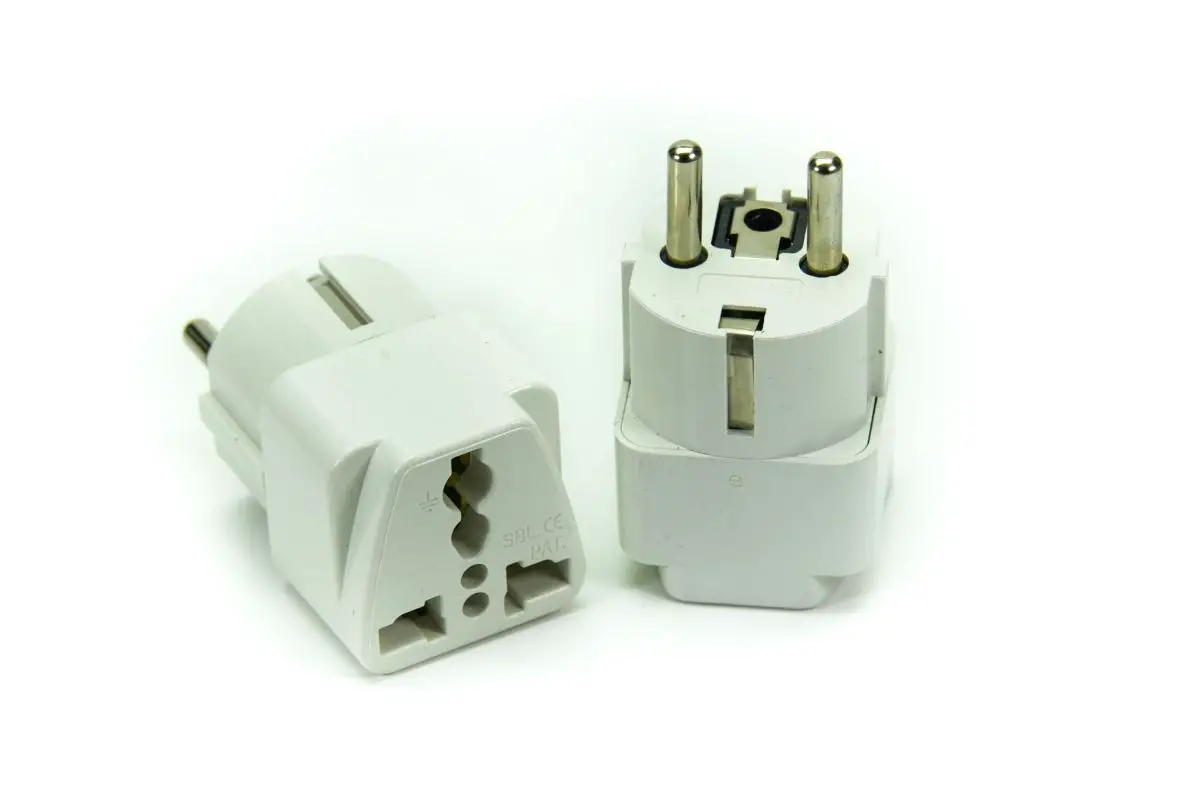

Articles
What Kind Of Adapter Do I Need For Japan
Modified: May 6, 2024
Discover the essential articles guide on what kind of adapter you need for Japan. Avoid the hassle and make sure you're prepared for your trip with the right adapter.
(Many of the links in this article redirect to a specific reviewed product. Your purchase of these products through affiliate links helps to generate commission for Storables.com, at no extra cost. Learn more)
Introduction
When planning a trip to Japan, it’s essential to make sure you have the right adapters for your electrical devices. Japan has its own unique electrical standards, including different power outlets and voltage requirements. Without the proper adapter, you could find yourself unable to charge your phone, power your laptop, or use other electronic devices.
Understanding the electrical standards in Japan will help you determine what kind of adapter you need for your trip. In this article, we will delve into the types of power outlets in Japan, voltage and frequency considerations, and the various types of adapters available for use in the country. We’ll also provide some additional considerations to keep in mind when choosing an adapter.
By the end of this article, you’ll have a clear understanding of the type of adapter you need for Japan, ensuring that you have a seamless and hassle-free experience powering your devices during your trip.
Key Takeaways:
- Ensure you have the right adapter for Japan by understanding the unique electrical standards, types of power outlets, and voltage requirements. Select the appropriate adapter to power and charge your devices seamlessly during your trip.
- Consider additional factors such as USB charging capability, the number of outlets, size and weight, quality and safety, and specific region requirements when choosing the right adapter for Japan. Be prepared and stay connected throughout your travels.
Read more: What Adapter Do I Need For Germany
Understanding Electrical Standards in Japan
Before we dive into the types of adapters you’ll need for Japan, it’s important to understand the electrical standards in the country. Japan operates on a unique electrical system, which can vary significantly from other countries around the world.
First, it’s worth noting that Japan uses a voltage of 100 volts, which is lower than the standard 110-120 volts found in North America. This means that appliances and electronic devices that operate on higher voltages may not work properly in Japan without the use of a voltage converter.
Furthermore, the frequency in Japan is 50 hertz (Hz) for older buildings and 60 Hz for newer installations. This frequency determines the speed at which electricity alternates in a power outlet. Most electronic devices are designed to work with both 50 Hz and 60 Hz frequencies, but it is still important to check the specifications of your devices to ensure compatibility.
The next key aspect to consider is the type of power outlets used in Japan. Japan has a unique system of power outlets, which differ from the standard types used in other countries. Most Japanese power outlets are designed to accept two flat prongs, as opposed to the two-pin or three-pin outlets found in other nations.
Now that we have a general understanding of the electrical standards in Japan, let’s take a closer look at the specific types of power outlets you’ll encounter in the country, and the adapters you’ll need to make your devices compatible.
Types of Power Outlets in Japan
Japan primarily uses two types of power outlets: Type A and Type B. It’s essential to know which type you’ll encounter to ensure that you have the correct adapter for your devices.
Type A Outlets: Type A outlets in Japan feature two flat parallel pins, similar to the plugs commonly found in North America. These outlets are ungrounded, meaning they do not have a third grounding pin. Type A outlets are most commonly found in older buildings in Japan.
Type B Outlets: Type B outlets in Japan are also equipped with two flat parallel pins, similar to Type A outlets. However, they additionally feature a grounding pin, making them grounded outlets. Type B outlets are more prevalent in newer buildings and hotels in Japan.
It’s worth noting that some outlets in Japan may have a combination of Type A and Type B sockets. In these cases, the outlet will accept both ungrounded Type A plugs and grounded Type B plugs.
When planning for your trip to Japan, it’s important to check the specific power outlets at your accommodations and any other places you may be visiting. You can typically find this information on the hotel’s website or by contacting the establishment directly. Understanding the type of power outlets in use will allow you to choose the appropriate adapter for your devices.
Now that we have a clear understanding of the types of power outlets in Japan, let’s explore the different types of adapters available to make your devices compatible with the Japanese electrical system.
Voltage and Frequency in Japan
When it comes to voltage and frequency, Japan operates on its own standards that may differ from those in your home country. Understanding these differences is crucial to ensure your electronic devices can function properly during your stay in Japan.
Firstly, the voltage in Japan is generally 100 volts. This is lower than the 110-120 volt standard found in countries like the United States and Canada. It’s important to be aware of this lower voltage as some devices may not work optimally or may not work at all without the aid of a voltage converter.
Before you plug in any of your devices in Japan, it’s essential to check their power supply specifications. Many modern electronic devices, such as laptops and smartphones, have built-in power adapters that can handle a wide range of voltages. These devices are typically labeled as “dual voltage” or “universal input,” meaning they can function seamlessly in different voltage systems. In this case, you may only need a physical adapter to fit the Japanese power outlet.
On the other hand, some devices like hair dryers, curling irons, and certain kitchen appliances may be designed for specific voltage ranges. These devices often require a voltage converter that can adjust the input power to match the Japanese standard of 100 volts. Using these devices without a voltage converter can lead to overheating, damaged equipment, or even electrical hazards. It’s crucial to check the specifications of your devices and use a voltage converter if necessary.
Additionally, let’s not forget about frequency. Frequency refers to the speed at which the alternating current switches direction in the power outlet. Japan operates at a frequency of 50 hertz (Hz) in older buildings, while newer installations typically have a frequency of 60 Hz. Most modern electronic devices are designed to work with both frequencies, but it’s always a good idea to double-check your device specifications to ensure compatibility.
Understanding the voltage and frequency standards in Japan is crucial for selecting the right adapters and converters to ensure the smooth and safe operation of your electronic devices. With this knowledge in mind, let’s move on to exploring the types of adapters available for use in Japan.
Adapting to Japan’s Power Outlets
Now that we understand the types of power outlets, voltage, and frequency standards in Japan, it’s time to discuss how to adapt your electronic devices to these outlets. Adapting to Japan’s power outlets requires the use of appropriate adapters and, in some cases, voltage converters.
The main purpose of an adapter is to physically convert the shape of a plug, allowing it to fit into a different type of power outlet. For example, if you have a device with a plug designed for Type A outlets but will be staying in a location with Type B outlets, you would need an adapter that can convert the flat pins to fit the grounding slot.
Depending on your specific needs and the devices you plan to use, you may require different types of adapters. It’s important to choose the correct adapter that matches the type of power outlets you’ll encounter during your time in Japan.
However, it’s worth mentioning that not all devices require an adapter. As mentioned earlier, many modern electronic devices, such as smartphones and laptops, are designed to handle a wide range of voltages and can be used with a simple physical adapter to fit the shape of the power outlet. It’s always a good idea to check the device’s power supply specifications or consult the manufacturer for guidance.
In cases where your device requires a specific voltage that differs from the standard 100 volts in Japan, a voltage converter may be necessary. A voltage converter will adjust the input voltage from the power outlet to match the requirements of your device, ensuring proper and safe operation.
When choosing an adapter or voltage converter, it’s important to consider the wattage rating of your devices. Ensure that the chosen adapter or converter can handle the power load of your devices to avoid any potential overheating or damage.
By adapting your devices to Japan’s power outlets using the appropriate adapters and voltage converters, you can ensure that your electronic devices operate safely and efficiently during your stay in the country. In the next section, we’ll explore the various types of adapters available for use in Japan.
Read more: What Adapter Do I Need For Ghana
Types of Adapters for Japan
When it comes to finding the right adapter for Japan, there are several options available to suit different types of power outlets and devices. Let’s take a closer look at the various types of adapters you can use in Japan:
- Universal Adapters: Universal adapters are a versatile option as they are designed to fit various types of power outlets from around the world. These adapters usually come with different attachments or movable pins that can be adjusted to fit different socket types, including both Type A and Type B outlets in Japan. They are a convenient choice if you frequently travel to different countries with varying power outlets.
- Type A Adapters: If you have devices with plugs designed for Type A power outlets, a Type A adapter is all you need. These adapters have two flat pins that match the configuration of Type A sockets in Japan. Type A adapters are commonly used for devices like smartphones, tablets, and laptops, which are often designed to handle a wide range of voltages.
- Type B Adapters: For devices with grounded plugs designed for Type B outlets, a Type B adapter is necessary. These adapters feature two flat pins and a grounding pin to match the Type B power outlets found in newer buildings in Japan. Type B adapters are suitable for devices like hair dryers, curling irons, and other appliances with higher power requirements.
- Type C Adapters: Type C adapters are designed for devices with two round pins, commonly found in European countries. If you have devices with Type C plugs, these adapters will allow you to use them in Japan. However, it’s important to note that Type C adapters do not provide grounding, so they may not be suitable for devices that require grounding.
- Type I Adapters: If you are coming from countries like Australia, New Zealand, or China, which use Type I power outlets, you’ll need a Type I adapter to convert your plugs to fit the Japanese power outlets. Type I adapters typically come with three flat pins in a triangular configuration.
- Type G Adapters: Type G adapters are used for devices with three rectangular pins, commonly found in the United Kingdom, Ireland, and some other countries. If you have devices with Type G plugs, a Type G adapter will allow you to use them in Japan. These adapters are useful for devices that require grounding.
- Type O Adapters: Type O adapters are designed for devices with three round pins, typically used in countries like Thailand. If you have devices with Type O plugs, these adapters will enable you to use them in Japanese power outlets.
When selecting an adapter for Japan, make sure to consider the specific type of power outlets you’ll encounter and the type of plugs your devices have. It’s always a good idea to have a universal adapter handy if you frequently travel to different countries with varying power outlet standards.
Now that you’re familiar with the various types of adapters available for use in Japan, it’s important to consider a few additional factors when choosing the right adapter. We’ll explore those considerations in the next section.
Universal Adapters
Universal adapters are a versatile option when it comes to finding the right adapter for Japan. These adapters are designed to fit various types of power outlets from around the world, making them a convenient choice for travelers who frequently visit different countries with varying power outlet standards.
One of the main advantages of universal adapters is their flexibility. They typically come with different attachments or movable pins that can be adjusted to fit different socket types. This means that you can use a universal adapter to connect your devices to both Type A and Type B outlets in Japan without the need for multiple adapters. This versatility makes them a cost-effective and space-saving solution.
Universal adapters are usually compact and lightweight, making them easy to carry in your travel bag or suitcase. They are designed with safety features to protect your devices from power surges or voltage fluctuations that may occur in different countries.
Using a universal adapter is straightforward. Simply attach the appropriate plug attachment or adjust the pins to match the power outlet type in Japan. Once connected, you can plug in your devices as you would with a native adapter.
It’s important to note that while universal adapters can accommodate various plug types, they do not convert voltage or provide grounding. If your devices require a different voltage than the standard 100 volts in Japan, you will still need a separate voltage converter to ensure compatibility. Similarly, for devices that require grounding, you should ensure that the universal adapter you choose supports grounding.
Before purchasing a universal adapter, it’s essential to consider your specific travel needs. If you frequently travel to different countries, a universal adapter with a wide range of compatibility may be the best option for you. However, if you primarily visit Japan or countries with the same power outlet standard, a dedicated adapter specific to the country may be more suitable.
Overall, universal adapters are a convenient and versatile choice for travelers who need to connect their devices to different power outlets around the world, including those in Japan. With their compact size, ease of use, and compatibility with various socket types, they are a reliable companion for international travelers.
In the next section, we’ll explore the specific considerations you should keep in mind when selecting an adapter for Japan.
Type A Adapters
If you have electronic devices with plugs designed for Type A outlets, a Type A adapter is all you need to connect them to the power outlets in Japan. Type A adapters are specifically designed to accommodate two flat pins, which match the configuration of Type A sockets in the country.
Type A adapters are commonly used for a wide range of devices, including smartphones, tablets, laptops, and other electronics that are often designed with built-in power adapters capable of handling different voltage inputs. These devices are typically labeled as “dual voltage” or “universal input,” meaning they can operate within a broad range of voltages, including the 100-volt standard in Japan.
The main function of a Type A adapter is to physically convert the shape of your device’s plug to fit into the Type A power outlet. These adapters are usually compact and lightweight, making them easy to carry in your travel bag or luggage.
Using a Type A adapter is simple. Just plug the adapter into the Type A socket in Japan, and then insert the flat pins of your device’s plug into the adapter’s slots. Once connected, you can safely power your devices from the Japanese power outlets.
It is worth noting that a Type A adapter does not convert voltage. Therefore, it is crucial to check the power supply specifications of your devices before using them in Japan. If your devices are not compatible with the 100-volt standard used in the country, you will need a separate voltage converter to ensure proper functioning.
When selecting a Type A adapter, it is important to consider the wattage rating of your devices. Make sure that the adapter can handle the power load required by your electronic devices to avoid overheating or damage.
If you primarily plan to use devices with Type A plugs during your stay in Japan, a Type A adapter is the most suitable option. It is a cost-effective and practical solution for powering your smartphones, tablets, laptops, and other Type A compatible devices.
In the next section, we will explore Type B adapters, which are necessary for devices requiring grounded plugs.
You will need a Type A or Type B power adapter for Japan, as they use a 100V voltage and a two-pronged plug. Make sure to check the voltage compatibility of your devices before using them in Japan.
Type B Adapters
If you have electronic devices with grounded plugs designed for Type B outlets, a Type B adapter is essential to connect them to the power outlets in Japan. Type B adapters are specifically designed to accommodate two flat pins and a grounding pin, allowing them to fit into the Type B power outlets found in newer buildings and hotels in Japan.
Type B adapters are commonly used for devices with higher power requirements, such as hair dryers, curling irons, kitchen appliances, and other electronics that require grounding for safety purposes. These adapters ensure that your devices are properly grounded and can operate safely in compliance with the Japanese electrical standards.
When using a Type B adapter, it’s essential to check whether your devices are compatible with the 100-volt standard used in Japan. Many modern electronic devices, like laptops and smartphones, are designed to handle a wide range of voltages and can generally be used with a simple Type B adapter for the physical connection. However, devices with specific voltage requirements may require the use of a separate voltage converter.
Type B adapters are usually compact and lightweight, making them convenient to carry in your travel bag or suitcase. They are designed for easy use, with slots for the flat pins and a grounding hole for the grounding pin. Simply plug the Type B adapter into the Type B power outlet in Japan, and then insert the device’s plug into the adapter slots for a secure connection.
It’s important to note that Type B adapters only provide proper grounding for devices that have grounded plugs. For devices that require grounding, using a Type B adapter ensures their safe operation in Japan. However, devices that do not have a grounding pin may not benefit from the grounding feature provided by the Type B adapter.
When selecting a Type B adapter, consider the wattage rating of your devices to ensure that the adapter can handle the power load necessary for their operation. This will help prevent any potential overheating or damage.
If your electronic devices have grounded plugs and require grounding, a Type B adapter is essential for safely using them in Japan. With the right adapter, you can ensure the proper functioning and safety of your devices during your stay in the country.
In the next section, we’ll explore Type C adapters, which are useful for devices with two round pins commonly found in European countries.
Read more: What Plug Adapter Do I Need For Chile
Type C Adapters
If you have electronic devices with two round pins, commonly found in European countries, a Type C adapter is necessary to connect them to the power outlets in Japan. Type C adapters are designed to accommodate two round pins, allowing them to fit into the Type C power outlets found in various European countries.
While Japan primarily uses Type A and Type B outlets, there are some places, such as hotels and airports, where Type C outlets can be found. Having a Type C adapter handy will allow you to use your devices with Type C plugs in these locations.
When using a Type C adapter in Japan, it’s important to note that these adapters do not provide grounding. They are designed specifically for devices that do not require grounding. Therefore, it’s not recommended to use a Type C adapter for devices that typically have grounded plugs.
Type C adapters are compact and lightweight, making them easy to carry in your travel bag or suitcase. They typically have two round slots that match the pins of your Type C plug. To use a Type C adapter, simply insert the plug into the slots of the adapter, and then plug the adapter into the Type C power outlet in Japan.
It’s important to check that your devices are compatible with the 100-volt standard used in Japan before using them with a Type C adapter. Many modern electronic devices, such as smartphones, tablets, and laptops, are designed with built-in power adapters that can handle a wide range of voltages. However, devices with specific voltage requirements may require the use of a separate voltage converter.
When selecting a Type C adapter, make sure to consider the wattage rating of your devices. It’s crucial to ensure that the adapter can handle the power load required by your electronic devices to avoid any potential overheating or damage.
Having a Type C adapter in your travel kit will provide you with the flexibility to use your European devices in Japan, especially in areas where Type C outlets are available. However, if your devices require grounding, it’s recommended to use a suitable adapter that provides grounding capabilities.
In the next section, we’ll explore Type I adapters, which are necessary for devices with three flat pins commonly used in Australia, New Zealand, and China.
Type I Adapters
If you are traveling from countries like Australia, New Zealand, or China, which use Type I power outlets, you will need a Type I adapter to connect your electronic devices to the power outlets in Japan. Type I adapters are specifically designed to accommodate three flat pins in a triangular configuration, allowing them to fit into Type I power outlets.
When using a Type I adapter in Japan, it’s important to note that it does not convert voltage. Therefore, it’s crucial to check the power supply specifications of your devices before using them in Japan. If your devices are not compatible with the 100-volt standard used in the country, you will need a separate voltage converter to ensure proper functioning.
Type I adapters are typically compact and lightweight, making them easy to carry in your travel bag or suitcase. They have three slots that match the configuration of the Type I plugs, allowing for a secure connection between your devices and the Japanese power outlets.
Using a Type I adapter is simple. Just plug the adapter into the Type I power outlet in Japan, and then insert the plug of your device into the adapter’s slots. This will provide a safe and reliable connection for your electronic devices.
It’s important to consider the wattage rating of your devices when selecting a Type I adapter. Ensure that the adapter can handle the power load required by your electronic devices to avoid any potential overheating or damage.
If you primarily plan to use devices with Type I plugs during your stay in Japan, having a Type I adapter is essential. It will allow you to conveniently connect your devices to the power outlets and ensure they function properly in accordance with the Japanese electrical standards.
In the next section, we’ll explore Type G adapters, which are necessary for devices with three rectangular pins commonly used in the United Kingdom, Ireland, and some other countries.
Type G Adapters
If you’re traveling from the United Kingdom, Ireland, or other countries that use Type G power outlets, you’ll need a Type G adapter to connect your electronic devices to the power outlets in Japan. Type G adapters are specifically designed to accommodate three rectangular pins, providing a secure fit into Type G power outlets.
Using a Type G adapter in Japan allows you to connect your devices with Type G plugs to the local power outlets. These adapters ensure compatibility with the Japanese electrical system, allowing you to safely power your devices and charge them during your stay.
Type G adapters are usually compact and lightweight, making them convenient to carry in your travel bag or suitcase. They have three slots that match the configuration of Type G plugs, allowing for a secure and reliable connection.
It’s important to note that Type G adapters do not convert voltage. Therefore, check the power supply specifications of your devices before using them in Japan. If your devices are not compatible with the 100-volt standard used in the country, you may need a separate voltage converter to ensure proper functioning.
When selecting a Type G adapter, consider the wattage rating of your devices. Ensure that the adapter can handle the power load required by your electronic devices to avoid any potential overheating or damage.
If your devices have three rectangular pins and require grounding, a Type G adapter is essential to safely connect and power them in Japan. With the right adapter, you can ensure the proper functioning and compatibility of your devices with the Japanese power outlets.
In the next section, we’ll explore Type O adapters, which are useful for devices with three round pins that are commonly used in some countries.
Type O Adapters
If you have electronic devices with three round pins, commonly used in certain countries, a Type O adapter is necessary to connect them to the power outlets in Japan. Type O adapters are specifically designed to accommodate three round pins, allowing them to fit into Type O power outlets.
Type O power outlets are typically found in countries like Thailand and may also be available in some areas of Japan. Having a Type O adapter will enable you to use your devices with Type O plugs in these locations.
When using a Type O adapter in Japan, it’s important to note that it does not convert voltage. Therefore, it’s crucial to check the power supply specifications of your devices before using them in Japan. If your devices are not compatible with the 100-volt standard used in the country, you will need a separate voltage converter to ensure proper functioning.
Type O adapters are usually compact and lightweight, making them easy to carry and convenient for travel. They have three slots that match the configuration of the Type O plugs, allowing for a secure connection between your devices and the Japanese power outlets.
Using a Type O adapter is simple. Just plug the adapter into the Type O power outlet in Japan, and then insert the plug of your device into the adapter’s slots. This will provide a safe and reliable connection for your electronic devices.
Just like with other adapters, it’s important to consider the wattage rating of your devices when selecting a Type O adapter. Ensure that the adapter can handle the power load required by your electronic devices to prevent any potential overheating or damage.
If you primarily plan to use devices with Type O plugs during your time in Japan, having a Type O adapter is essential. It will allow you to easily connect your devices to the power outlets and ensure they function properly according to the Japanese electrical standards.
In the next section, we’ll explore some additional considerations to keep in mind when choosing an adapter for Japan.
Read more: What Plug Adapter Do I Need For Iceland
Other Considerations for Japan Adapters
While selecting the right adapter for Japan is crucial, there are a few additional considerations to keep in mind to ensure a seamless experience with your electronic devices. Here are some important factors to consider:
1. USB Charging: Many electronic devices, such as smartphones, tablets, and cameras, can be charged via USB. Instead of using a traditional power outlet adapter, you may consider carrying a USB charger or a multi-port USB adapter. This allows you to charge multiple devices simultaneously, regardless of the type of power outlet.
2. Adaptor vs. Converter: It’s important to differentiate between adapters and voltage converters. Adapters simply allow you to physically connect your devices to different types of power outlets, while converters are required if your devices require a different voltage than what is available in Japan. Ensure that you select the appropriate solution based on your device’s voltage requirements.
3. Number of Outlets: Consider the number of devices you’ll be using and the available power outlets. If you have multiple devices to charge or power, you might need a power strip or a multi-plug adapter to expand the number of outlets available to you.
4. Size and Weight: Consider the size and weight of the adapter. A compact and lightweight adapter will be easier to carry during your travels. Look for adapters that are portable and won’t take up too much space in your luggage.
5. Quality and Safety: Ensure that the adapter you choose is of good quality and meets the necessary safety standards. Look for reputable brands or products certified by relevant safety organizations to ensure a reliable and safe connection for your devices.
6. Research: Before your trip, research the specific power outlets and voltage standards in the areas you’ll be visiting in Japan. Some regions might have specific socket types or voltage variations, and you’ll want to be prepared with the right adapters or voltage converters.
7. Consider Multi-Region Adapters: If you are planning to travel to multiple countries with different power outlet standards, consider investing in a multi-region adapter that can accommodate various socket types. This can save you the hassle of carrying multiple adapters for different destinations.
By considering these factors, you can select the most suitable adapter(s) for your devices and travel needs during your time in Japan. Remember, it’s always better to be prepared and have the right equipment to ensure your electronic devices can be properly powered and charged throughout your trip.
Now that you have a comprehensive understanding of the different types of adapters available, their compatibility with Japanese power outlets, and other important considerations, you can confidently choose the right adapter(s) for your trip to Japan.
Safe travels and enjoy your stay in Japan!
Conclusion
Choosing the right adapter for your electronic devices when traveling to Japan is essential to ensure that you can power and charge your devices without any issues. Understanding the electrical standards, types of power outlets, and voltage requirements in Japan is the first step towards selecting the appropriate adapters.
Japan uses a unique electrical system with a voltage of 100 volts and a frequency of either 50 Hz or 60 Hz. The country primarily uses Type A and Type B power outlets, with some locations also featuring Type C, Type I, Type G, and Type O outlets. By identifying the type of outlets you’ll encounter and the plugs your devices have, you can determine the specific adapters needed.
There are different types of adapters available for Japan, including universal adapters, Type A adapters for flat pins, Type B adapters for grounded plugs, Type C adapters for round pins, Type I adapters for triangular pins, Type G adapters for rectangular pins, and Type O adapters for round pins. Selecting the right adapter ensures a secure connection between your devices and the Japanese power outlets.
It’s important to note that adapters only address the physical aspect of connecting your devices to the power outlets and do not convert voltage. For devices with specific voltage requirements, consider using a voltage converter alongside the adapter to ensure compatibility.
When choosing an adapter, consider additional factors like USB charging capability, the number of outlets, the size and weight of the adapter, the quality and safety of the product, and any specific requirements of the regions you plan to visit in Japan.
By having the appropriate adapters, adhering to safety guidelines, and understanding the electrical standards, you can power and charge your electronic devices seamlessly during your stay in Japan.
With the right adapters, you can stay connected, capture memories with your camera, work on your laptop, and enjoy the convenience of charging your devices throughout your trip to Japan. So, select the appropriate adapters, pack them in your travel bag, and have a smooth and enjoyable experience exploring all that Japan has to offer!
Ready to ensure your hair styling tools are as travel-ready as you are? Check out our guide on choosing the perfect voltage converter, crucial for keeping your hair dryer functioning flawlessly abroad. Also, don't miss our insights on selecting a reliable dryer plug adapter, a must-have for adapting your devices to various international sockets. For globetrotters, our review of dual voltage hair dryers offers peace of mind, knowing your hair care routine won't skip a beat no matter where your adventures take you.
Frequently Asked Questions about What Kind Of Adapter Do I Need For Japan
Was this page helpful?
At Storables.com, we guarantee accurate and reliable information. Our content, validated by Expert Board Contributors, is crafted following stringent Editorial Policies. We're committed to providing you with well-researched, expert-backed insights for all your informational needs.
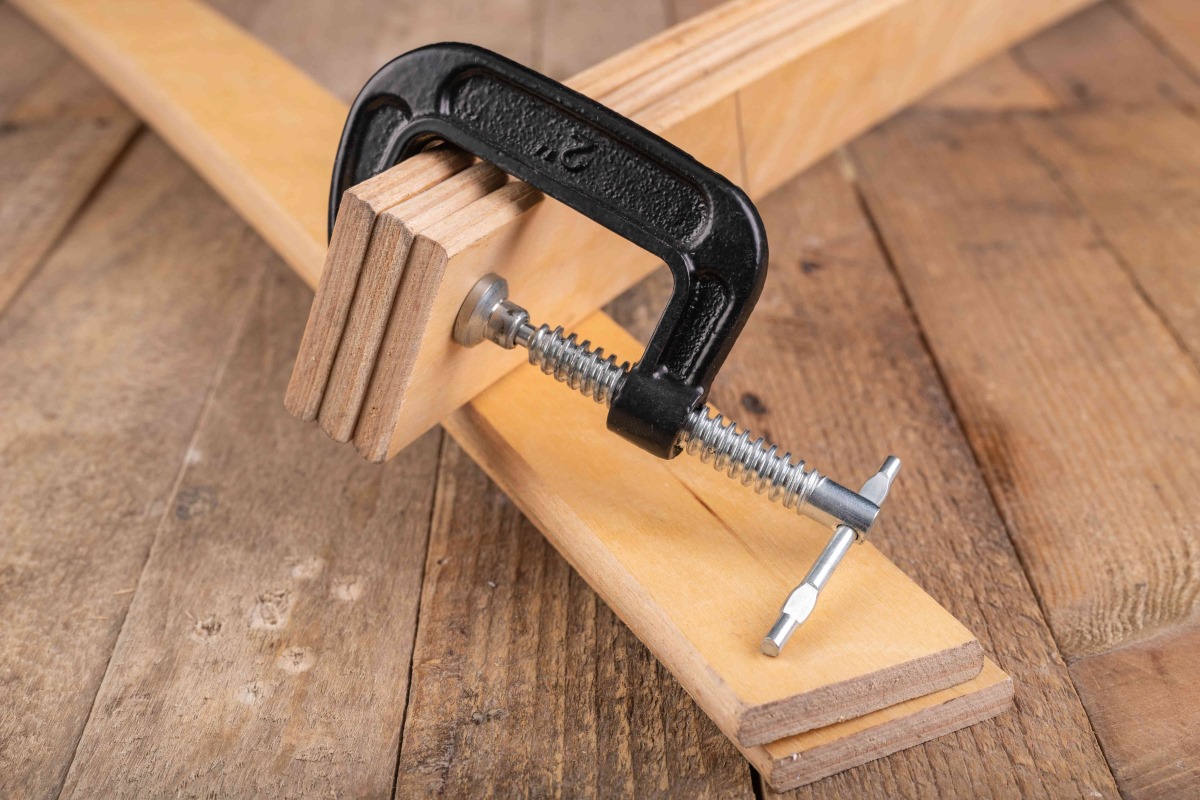
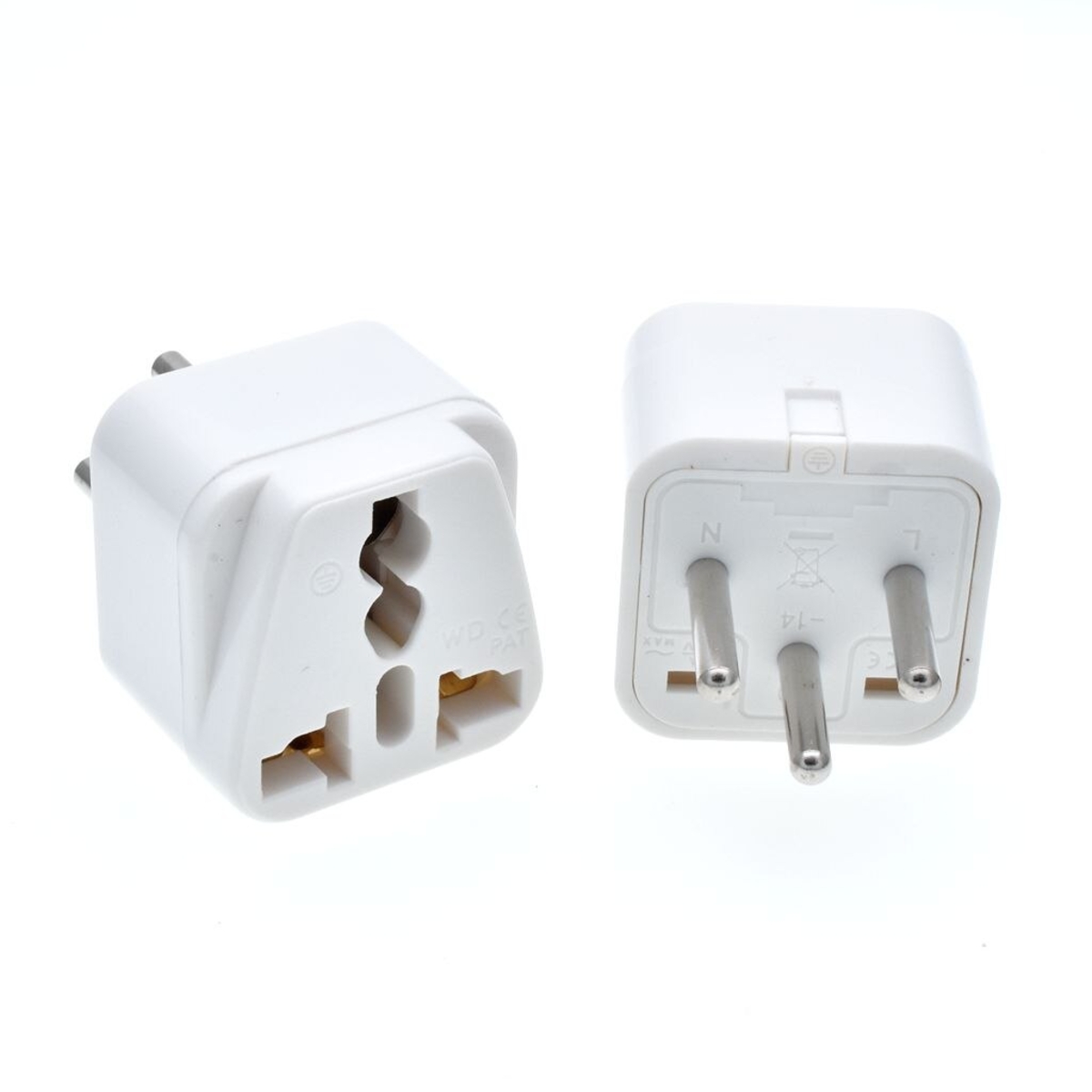
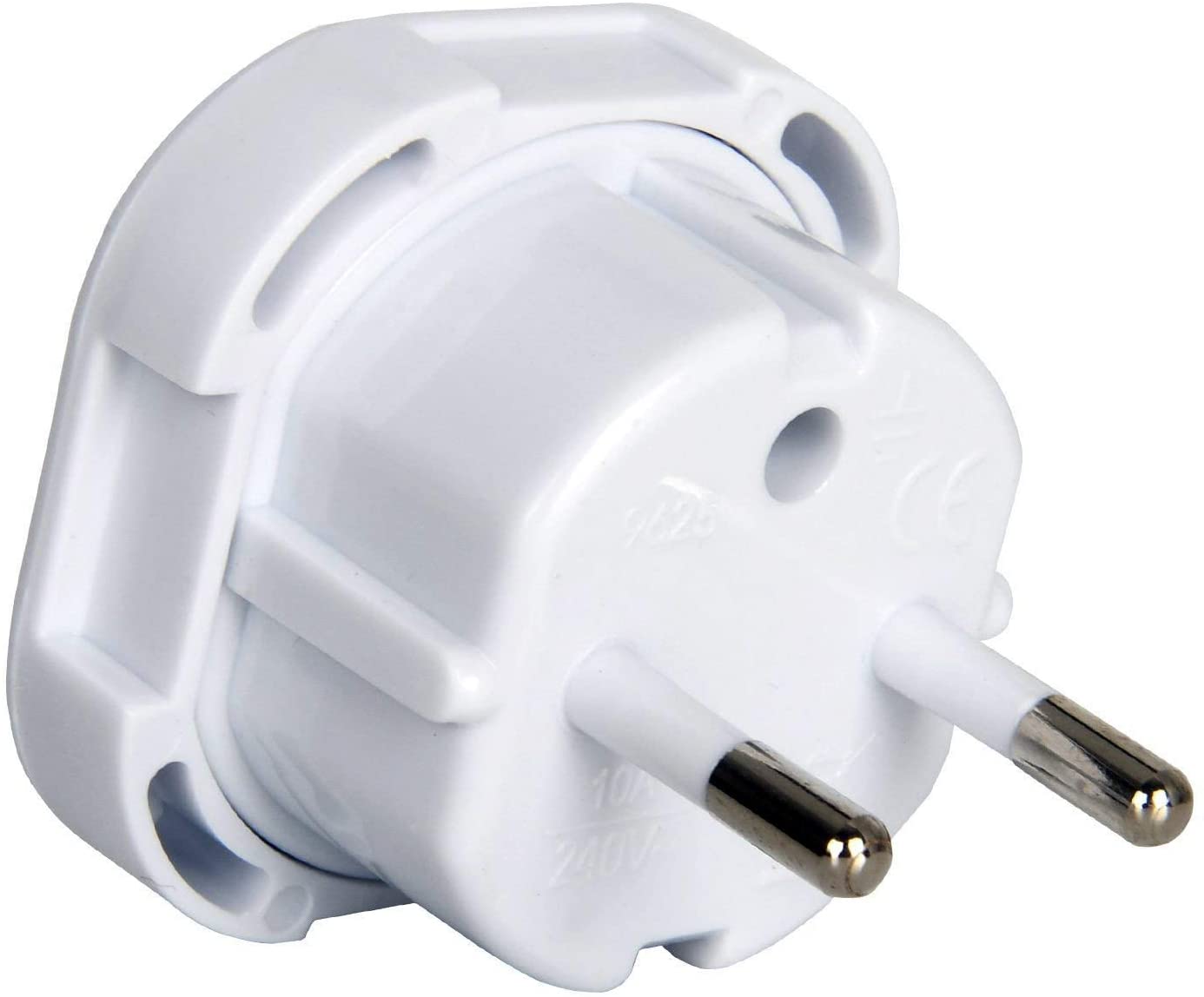
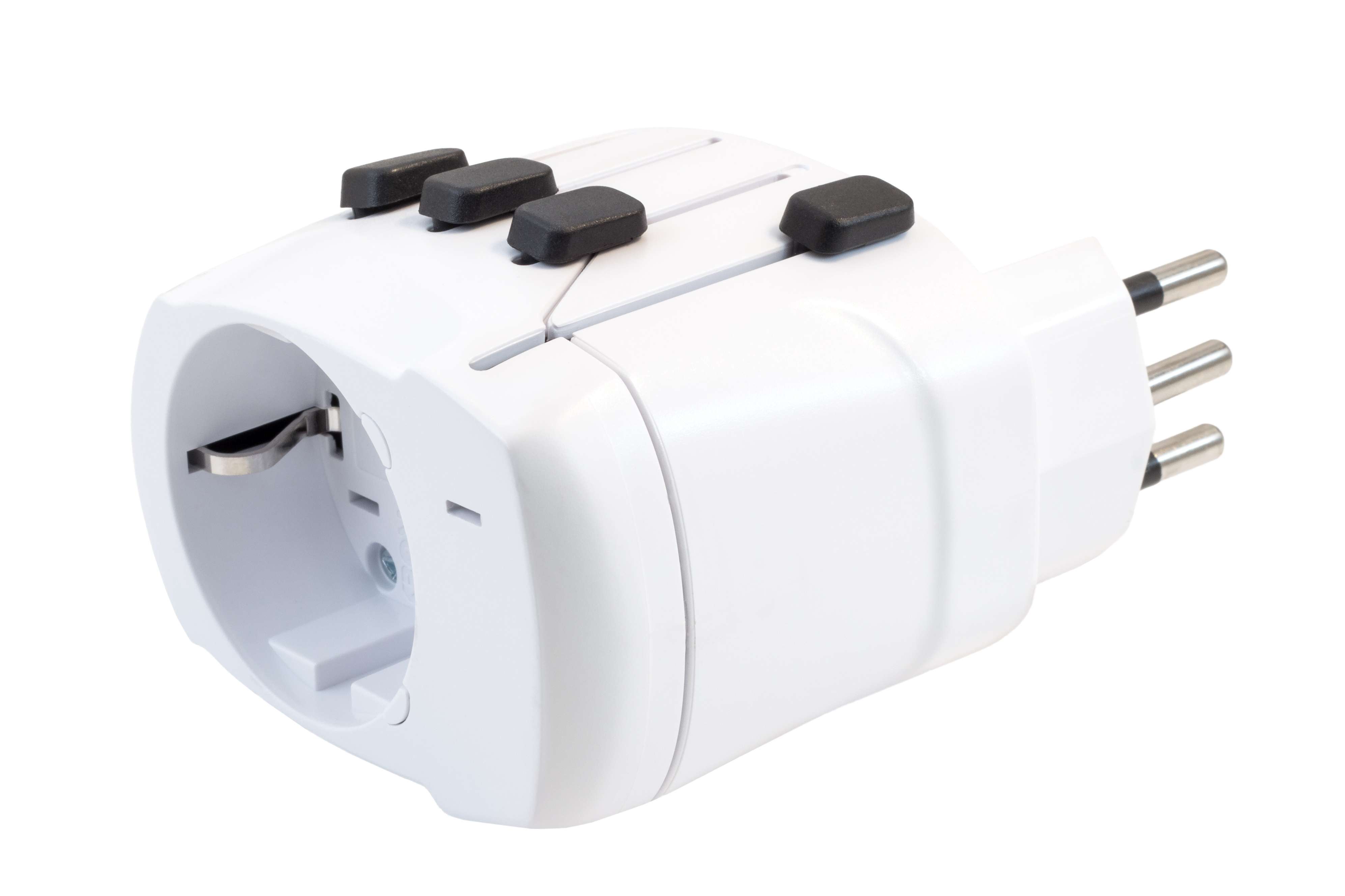
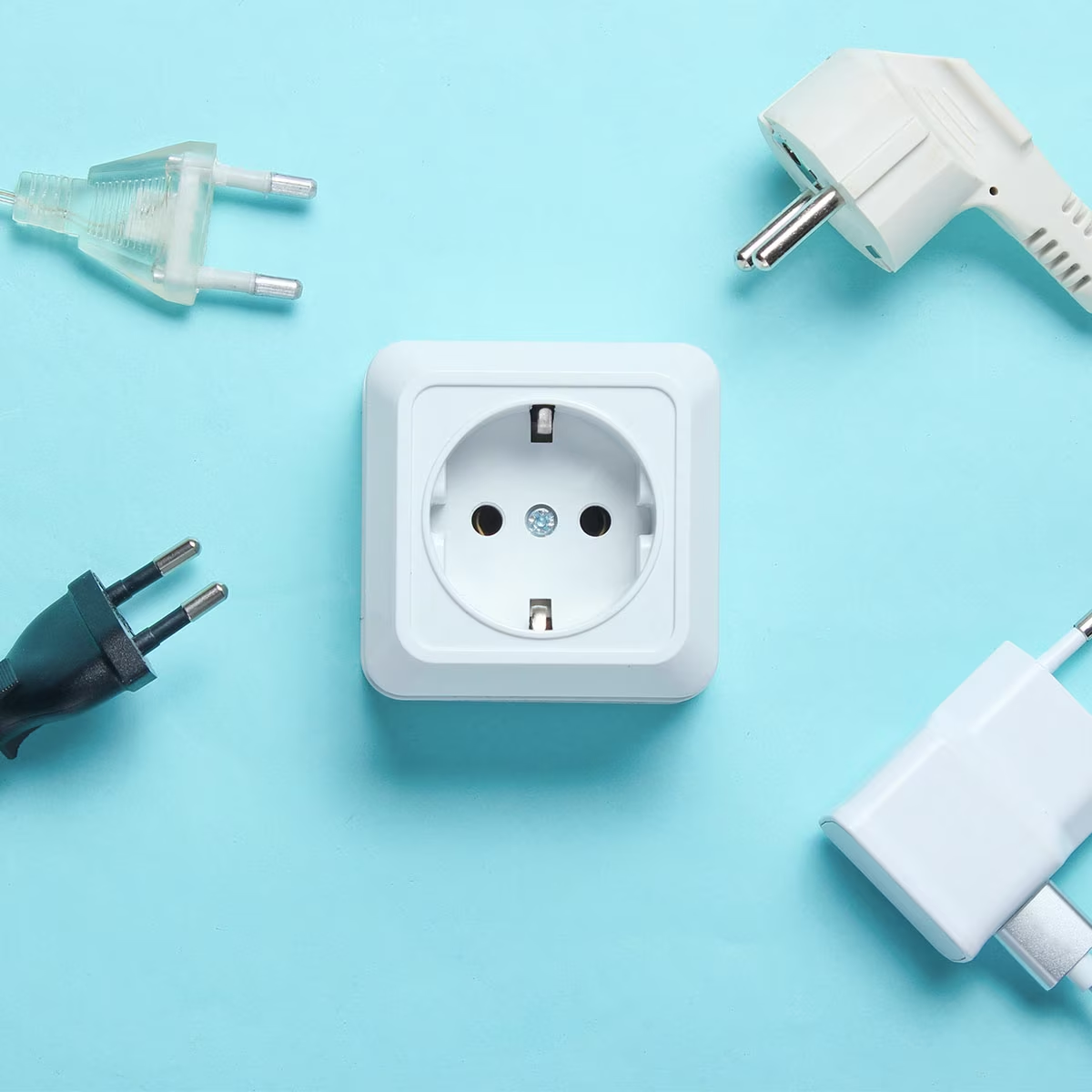
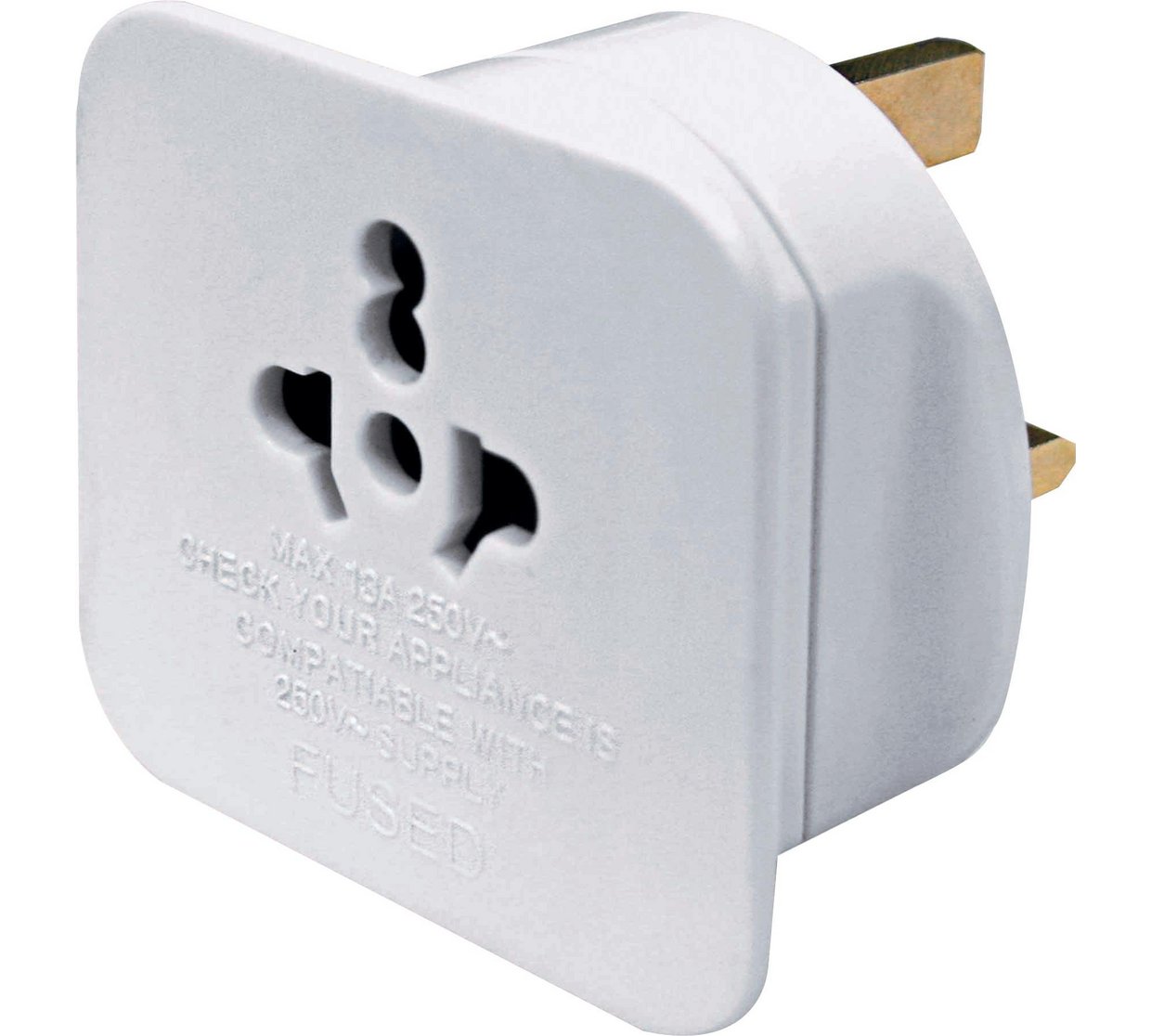
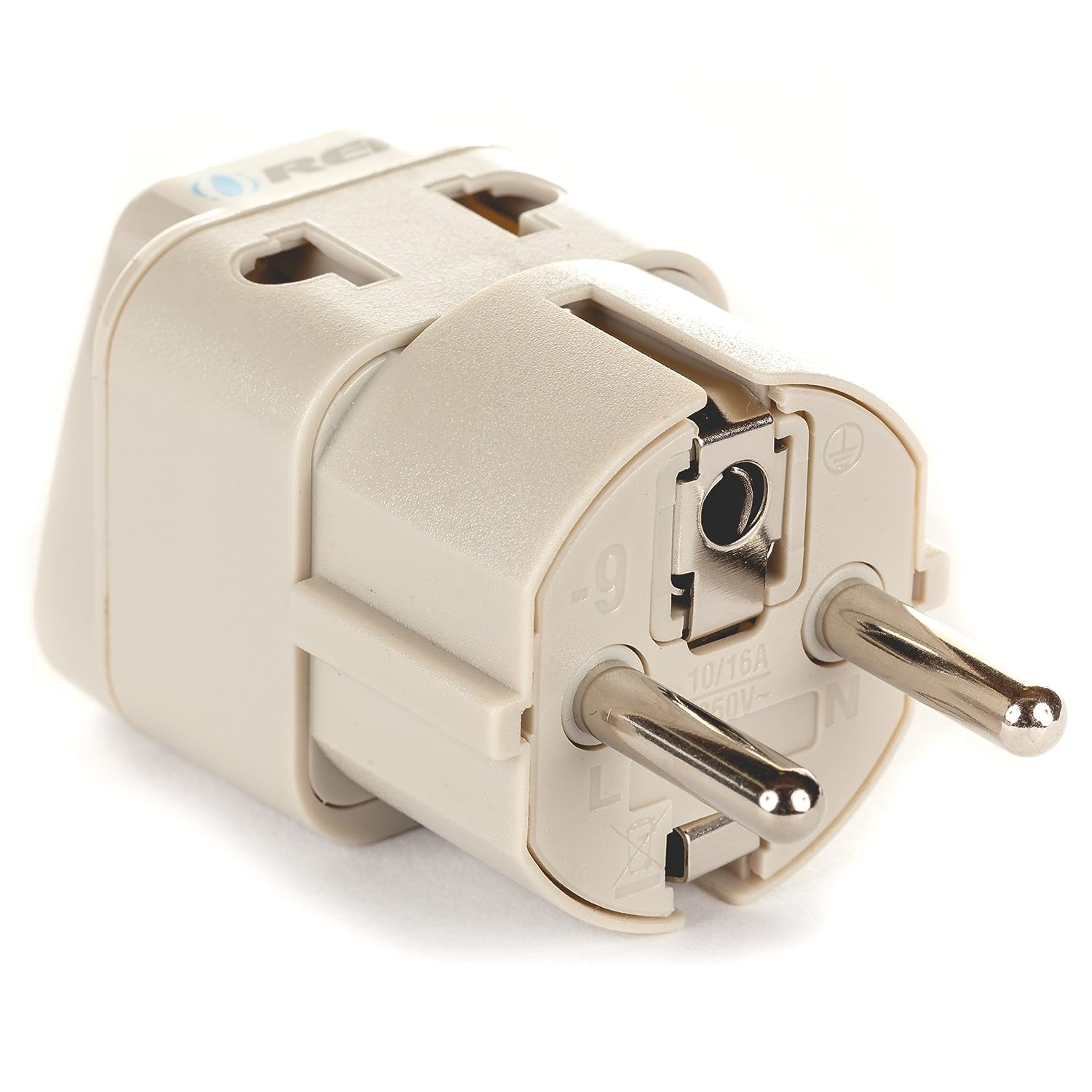
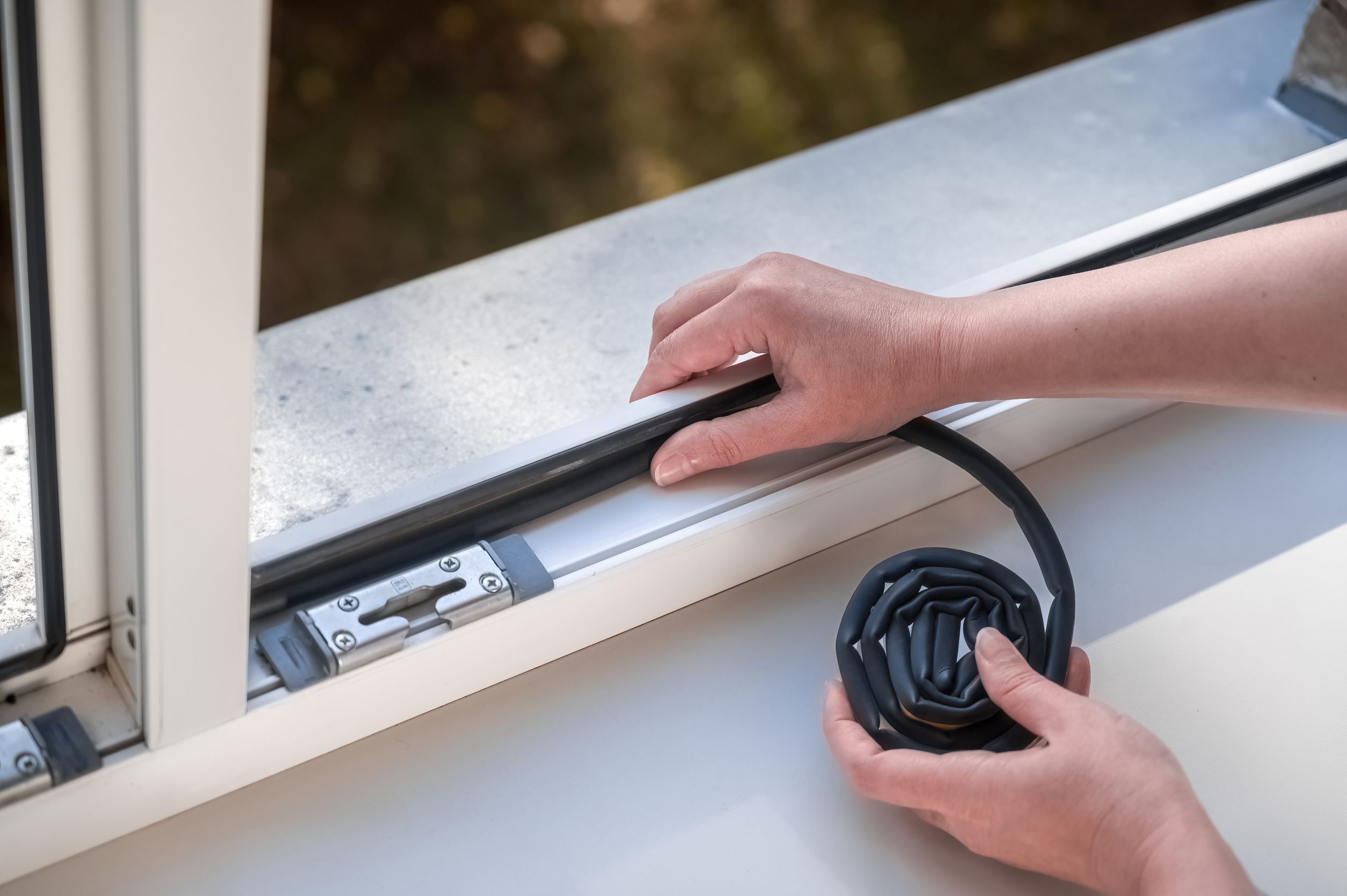
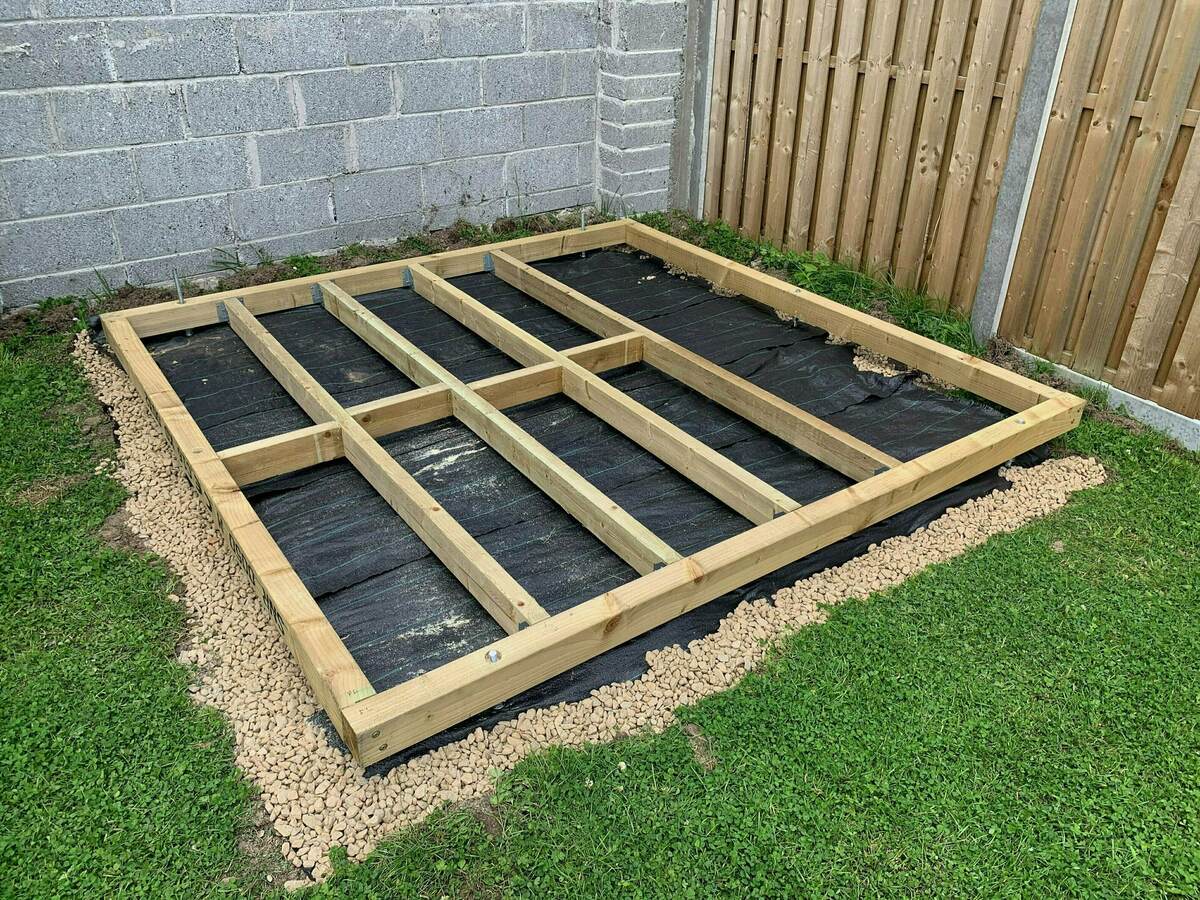
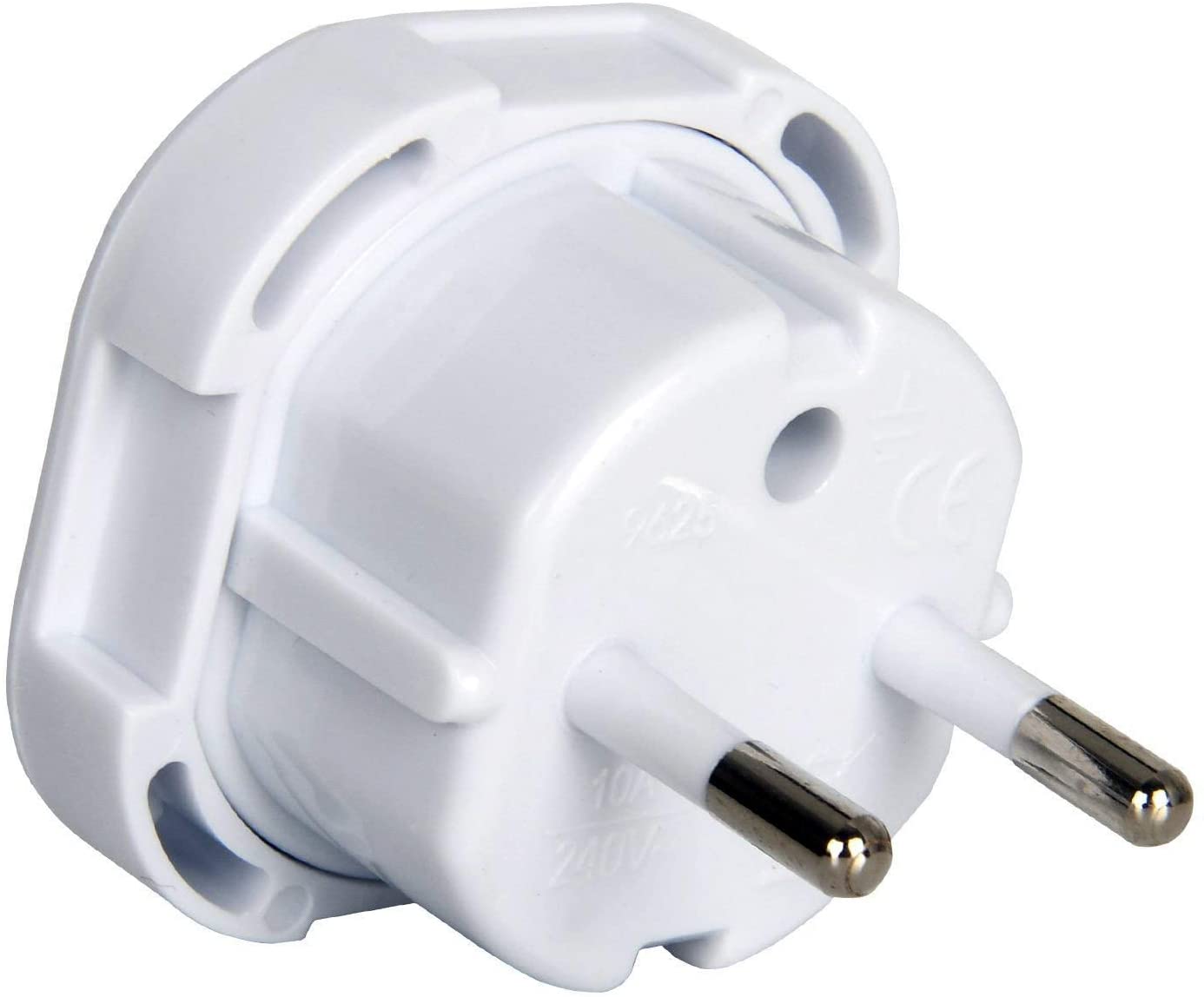
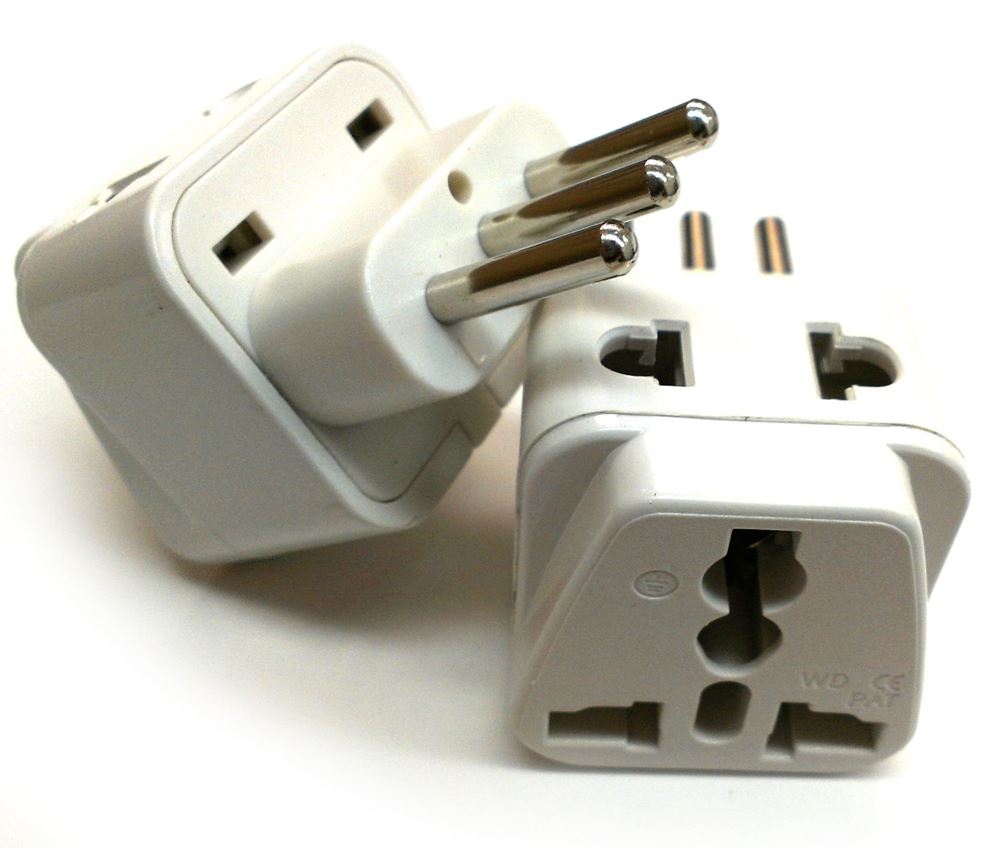
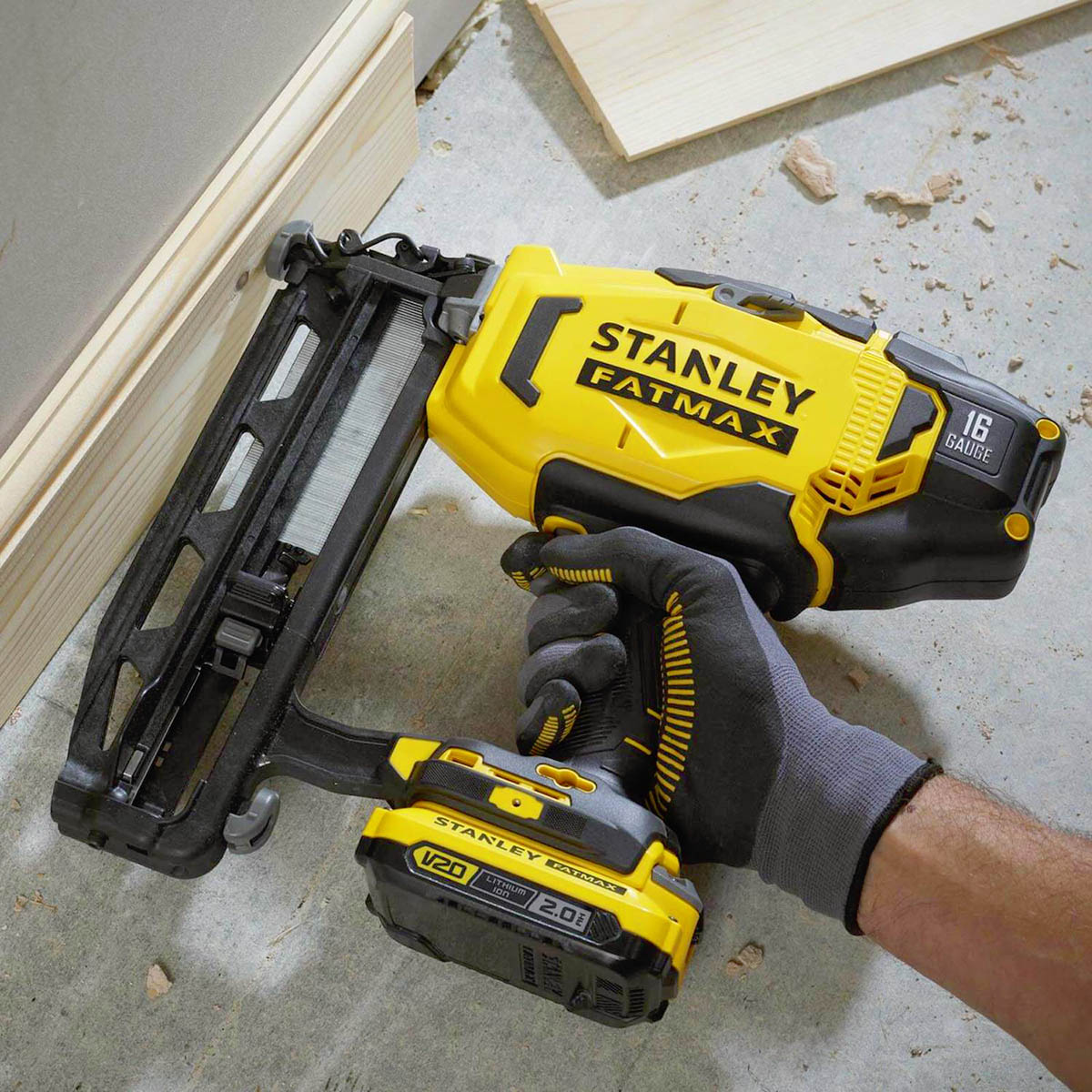

0 thoughts on “What Kind Of Adapter Do I Need For Japan”